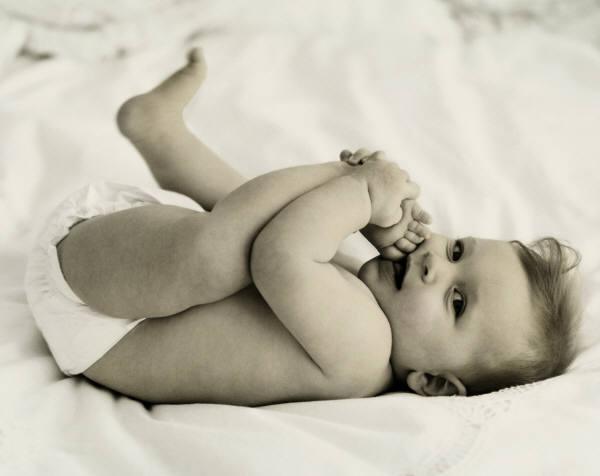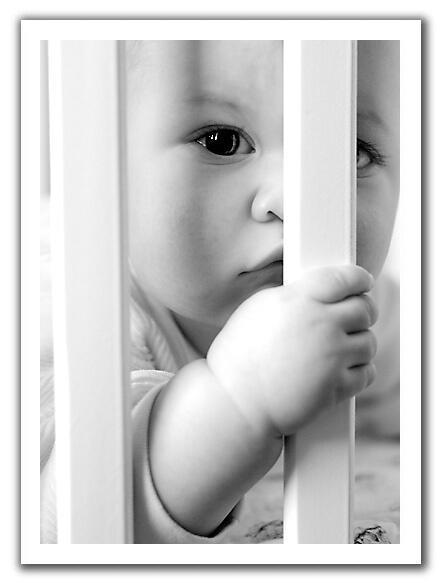September 25, Tuesday
Today is the day to visit one of the most recognizable structures in the world, the Tour Eiffel. Weighing 7,000 tons but exerting about the same pressure on the ground as an average-size person sitting in a chair, the wrought-iron tower wasn't meant to be permanent. The French engineer Gustave-Alexandre Eiffel, who designed the framework for the Statue of Liberty, built it for the 1889 Universal Exhibition. The tower created as much controversy in the 1880s as the glass pyramid at the Louvre did in the 1980s. The tower, including its TV antenna, is 317m and was the world's tallest building until the Chrysler Building went up in New York in 1930. Standing beneath the tower and looking straight up, the tower looks like a rocket of steel lacework shooting into the sky – really awe inspiring.
I decided to join the long line to ascend the tower. There are elevators in two of the pillars to take visitors up, 1889 lift machinery in the eastern and western pillars. I ended up queuing for 75 minutes before finally boarding the elevator to the second landing platform which offers a panoramic look at the city. Here, there's another lift to ascend to the third landing platform, which gives the most spectacular view. It took me another 45 minutes waiting in line before I got onto the lift. But I must say the 2-hour waiting time was well worth it. The view from the highest vantage point was indeed spectacular, with all the major sights of Paris visible in the clear day.
Today is the day to visit one of the most recognizable structures in the world, the Tour Eiffel. Weighing 7,000 tons but exerting about the same pressure on the ground as an average-size person sitting in a chair, the wrought-iron tower wasn't meant to be permanent. The French engineer Gustave-Alexandre Eiffel, who designed the framework for the Statue of Liberty, built it for the 1889 Universal Exhibition. The tower created as much controversy in the 1880s as the glass pyramid at the Louvre did in the 1980s. The tower, including its TV antenna, is 317m and was the world's tallest building until the Chrysler Building went up in New York in 1930. Standing beneath the tower and looking straight up, the tower looks like a rocket of steel lacework shooting into the sky – really awe inspiring.
I decided to join the long line to ascend the tower. There are elevators in two of the pillars to take visitors up, 1889 lift machinery in the eastern and western pillars. I ended up queuing for 75 minutes before finally boarding the elevator to the second landing platform which offers a panoramic look at the city. Here, there's another lift to ascend to the third landing platform, which gives the most spectacular view. It took me another 45 minutes waiting in line before I got onto the lift. But I must say the 2-hour waiting time was well worth it. The view from the highest vantage point was indeed spectacular, with all the major sights of Paris visible in the clear day.

 The view from below the tower. Note the yellow cable car ascending the tower.
The view from below the tower. Note the yellow cable car ascending the tower. Paris, as seen from the top of Eiffel Tower. Bottom left is the Arc de Triomphe
Paris, as seen from the top of Eiffel Tower. Bottom left is the Arc de Triomphe
By the time I came back down to earth, it was already 2pm so I had to scrap my plan of taking a cruise of the Seine on Bateaux-Mouche. I had really wanted to enjoy Paris from the deck of one of these scenic boat tours that take in Paris from the riverbank point of view, including the legendary dramatic vistas of Notre-Dame. But alas, the time wasted in line at Tour Eiffel put a damper on this. Instead, I walked along Champ de Mars, the vast green park beneath the tower which extends all the way to the 18th-century Ecole Militaire (Military Academy). The formal lawn of Champ de Mars was once a parade ground for French troops and is now a perfect place to soak up the sun while taking in the view of Tour Eiffel.
My next destination was Hôtel des Invalides. In 1670, King Louis XIV decided to build this "hotel" to house soldiers who had been injured, crippled, or blinded while fighting his battles. Napoleon's Tomb lies beneath the golden dome of the Invalides. First buried on the remote South Atlantic island of St. Helena where he was in exile, Napoleon's remains were exhumed and brought to Paris in 1840 on the orders of Louis-Philippe, who demanded that the English return the emperor to French soil, almost two decades after his death. The remains were locked inside six coffins in this tomb made of red Finnish porphyry, with a green granite base. Surrounding it are a dozen Amazon-like figures representing Napoleon's victories. Surrounding Napoleon's Tomb are those of his brother, Joseph Bonaparte; the great Vauban, who built many of France's fortifications; World War I Allied commander Foch; and the vicomte de Turenne, the republic's first grenadier.
My next destination was Hôtel des Invalides. In 1670, King Louis XIV decided to build this "hotel" to house soldiers who had been injured, crippled, or blinded while fighting his battles. Napoleon's Tomb lies beneath the golden dome of the Invalides. First buried on the remote South Atlantic island of St. Helena where he was in exile, Napoleon's remains were exhumed and brought to Paris in 1840 on the orders of Louis-Philippe, who demanded that the English return the emperor to French soil, almost two decades after his death. The remains were locked inside six coffins in this tomb made of red Finnish porphyry, with a green granite base. Surrounding it are a dozen Amazon-like figures representing Napoleon's victories. Surrounding Napoleon's Tomb are those of his brother, Joseph Bonaparte; the great Vauban, who built many of France's fortifications; World War I Allied commander Foch; and the vicomte de Turenne, the republic's first grenadier.


Napoleon's tomb, and those of his allies
The world's greatest military museum, the Musée de l'Armée is also located here. In 1794, a French inspector started collecting weapons, uniforms, and equipment, and with the accumulation of war material over time, the museum has become a documentary of man's self-destruction. Viking swords, battle axes, machine guns, war pitchforks, salamander-engraved Renaissance serpentines, musketoons, grenadiers – all manners of weaponry are enshrined here.By the time I left the Hotel des Invalides, it was already dusk. I quickly took a metro to Montmartre. Striding a hill atop Paris, Montmartre used to be a village of artists, including Renoir and Van Gogh. Though it's overrun by tourists and nightclub entrepreneurs now, much of the village-like charm of this place still lingers. I didn't have much time to wander around the cobbled and crooked little streets of Montmartre, as I had to make my way to the Basilica of Sacré-Coeur (The Church of the Sacred Heart), with its multiple gleaming white domes and campanile (bell tower) looming over Paris. After France's 1870 defeat by the Prussians, the basilica was planned as a votive offering to cure France's misfortunes. Rich and poor alike contributed money to build it. Construction began in 1876, and though the church wasn't consecrated until 1919, perpetual prayers of adoration have been made here day and night since 1885. The interior is brilliantly decorated with mosaics, with a striking Christ on the ceiling and the mural of his Passion at the back of the altar. Unfortunately, unlike most other churches and museums in Paris, no photography is allowed inside this church. The crypt contains what some of the devout believe is Christ's sacred heart - hence, the name of the church.

The next morning, I left Paris with nothing but fond memories, wishing I had a little more time to fully explore this beautiful city.







4 comments:
Gosh, how I miss the travel! Savour it, savour it =) Btw, here's a 50 questions tag
for you
I'm going to Paris next month. Good to know that a good 2 hours (or more) will be taken up if I go up Eiffel Tower.
Thanks for posting this info.
Sleeplessinkl, thanks for dropping by. Yes, you need to allocate more time at Eiffel Tower if you intend to go all the way up, but I must say the view is spectacular. Well worth it. Let me know if you need more info on Paris, I'll see what I can remember.
I'll be in Paris for only 2 days, so I guess I can't afford to go up Eiffel Tower this time around :(
Post a Comment